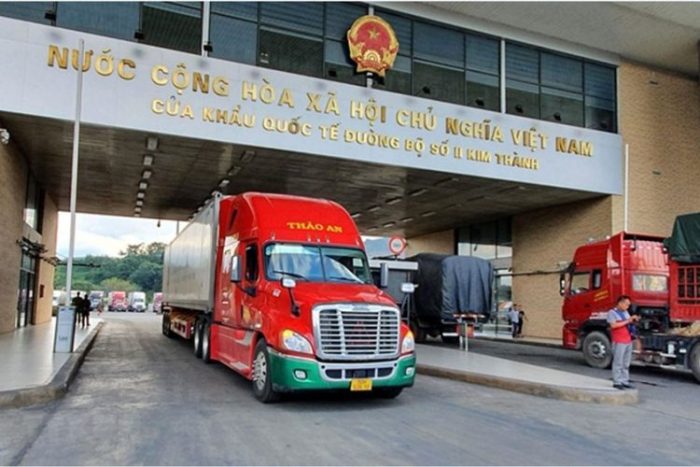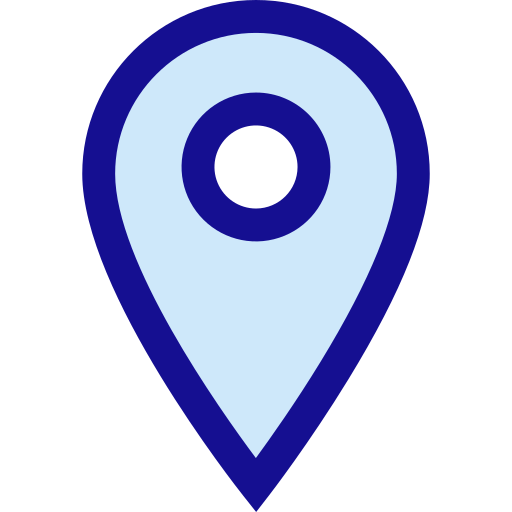– Vietnam’s border gate system is developing rapidly, yet there are still many shortcomings in terms of planning and infrastructure. The comprehensive planning of land border gate areas, linked with the digital transformation in customs, will contribute to modernizing management work, reducing costs and time for businesses, and ensuring security and order in the border area.
Across Vietnam’s land border with neighboring countries (China, Laos, Cambodia), stretching across 25 provinces, there are currently 87 border gates (including 26 international gates, 24 main gates, 37 auxiliary gates), and over 100 opening points in operation. These facilitate the movement of people, goods, commodities, and transportation vehicles, as well as border trade activities between Vietnam and its neighbors.
In recent years, the land border gate system has developed rapidly in terms of quantity, diversity in scale and nature, meeting the demand for cross-border traffic, immigration vehicles, imports and exports, and has contributed positively to economic and social development, strengthening local defense and security, and reinforcing national security as a whole.
However, according to the Customs Supervision and Management Department (General Department of Customs), the current distribution of border gates is not optimal. In some places, there are too many gates, leading to waste of manpower and resources; in other areas, there are too few gates, failing to meet the demand for cross-border exchanges; while some border areas still lack any gates with neighboring countries.
Some gates, although classified as main bilateral gates, have very few people, goods, and vehicles passing through, resulting in poor economic effectiveness; in contrast, many opening points with large volumes of goods traffic have not yet been designated as official border gates.
In addition, the infrastructure, quantity, and quality of equipment and operational tools at these border gates are still limited, not meeting the demands for inspection, control, and facilitation of border trade in the new context.
Many border gate infrastructures were built a long time ago, and the layout of functional areas and control lanes is no longer in accordance with current regulations. Some border gate facilities and joint control buildings have deteriorated, making it difficult to deploy and arrange functional forces.
On October 14, 2023, the Prime Minister of Vietnam issued Decision No. 1199/QD-TTg, approving the border gate planning for the Vietnam-China land border for the period 2021-2030, with a vision to 2050; Decision No. 1200/QD-TTg, approving the border gate planning for the Vietnam-Cambodia land border for the period 2021-2030, with a vision to 2050; and Decision No. 1201/QD-TTg, approving the border gate planning for the Vietnam-Laos land border for the period 2021-2030, with a vision to 2050.
The development orientation for the national land border gate system for the period 2021-2030, with a vision to 2050, is as follows: by 2030, the national land border gate system is expected to have 42 international gates, 33 main gates, and 49 auxiliary gates (a 40% increase compared to 2021).
By 2050, the national land border gate system is projected to have 58 international gates, 45 main gates, and 32 auxiliary gates (a 55% increase compared to 2021 and a 10% increase compared to 2030).
Additionally, on April 17, 2024, Prime Minister Pham Minh Chinh signed Document No. 245/TTg-KTTH on promoting digital transformation in the customs sector.
Accordingly, the Prime Minister instructed the People’s Committees of border provinces to cooperate with the Ministry of Finance (General Department of Customs) in building a comprehensive plan for land border gate areas. This plan will include the arrangement of joint control areas, workspaces for functional forces at the gates, as well as locations for the gathering, inspection, and supervision of imports and exports, in order to modernize specialized management work and trade and logistics activities at the gates. The aim is to avoid congestion of goods and vehicles, and to maintain order, security, and safety in the area.
In line with this direction, the Customs Supervision and Management Department has researched and developed a proposal for a Digital Border Gate system. This system aims to improve the legal framework, digitize the procedures related to import and export goods, and streamline the process for transport vehicles crossing land border gates.
It clearly defines the roles and responsibilities of government agencies at border gates based on a standardized management model and the import-export procedures, applying the National Single Window mechanism. This will enable businesses and individuals to submit documents once and receive results online, while the relevant government agencies process, update, and monitor the status of administrative procedures in real-time on the National Single Window Portal, ensuring transparency, reducing clearance time, cutting storage time at the border gates, lowering costs, and facilitating trade.
Source: Haiquanonline



